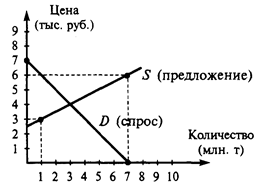UNIT 10 DC SYSTEM
AIM OF THE UNIT:- to understand dc system
TASKS 1 Do your best to answer the brainstorming question. 2 Read the text for general understanding. 3 Make up questions to the text. 4 Find the sentences with the new words in the text. Give the Kazakh or Russian equivalents of the words. 5 Write sentences with the new vocabulary. 6 Make up exercises as in the UNIT 2page 210 (Exercises for better remembering the topic).7 Speak on the topic. Given schemes will help you to remember and understand the topic. 8 Find more information about the topic and make up a project work on the topic.
. 1 How do DC generators operate? 2 What do you know about a single generator system? Parallel Operation of DC Generators: In multi-Engined aircraft each engine will be driving its own generator and in this situation it is desirable that ‘no-break’ or uninterrupted power is provided in cases of engine or generator failure. A number of sensitive aircraft instruments and navigation devices which comprise some of the electrical loads may be disturbed and may need to be restarted or re-initialized following a power interruption. In order to satisfy this requirement, generators may be paralleled to carry an equal proportion of the electrical load between them. Individual generators are controlled by means of voltage regulators that automatically compensate for variations. In the case of parallel generator operation there is a need to interlink the voltage regulators such that any unequal loading of the generators can be adjusted by means of corresponding alterations in field current. This paralleling feature is more often known as an equalizing circuit and therefore provides ‘no-break’ power in the event of a major system failure. The primary conditions for which protection needs to be considered in a DC system are as follows. In a DC system it is evident that the current should flow from the generator to the busbars and distribution systems. In a fault situation it is possible for current to flow in the reverse direction and the primary system components need to be protected from this eventuality. This is usually achieved by means of reverse current circuit-breakers or relays. These devices effectively sense reverse current and switch the generator out of circuit thus preventing any ensuing damage. Faults in the field excitation circuit can cause the generator to overexcite and thereby regulate the supply voltage to an erroneous overvoltage condition. This could then result in the electrical loads being subject to conditions that could cause permanent damage. Overvoltage protection senses these failure conditions and opens the line contactor taking the generator off-line. In a single generator system undervoltage is a similar fault condition as the reverse current situation already described. However, in a multi-generator configuration with paralleling by means of an equalizing circuit, the situation is different. Here an undervoltage protection capability is essential as the equalizing circuit is always trying to raise the output of a lagging generator; in this situation the undervoltage protection is an integral part of the parallel load sharing function. AC System: There are three main types of AC distribution system architecture used on aircraft.
|



 Split bus system
Split bus system


